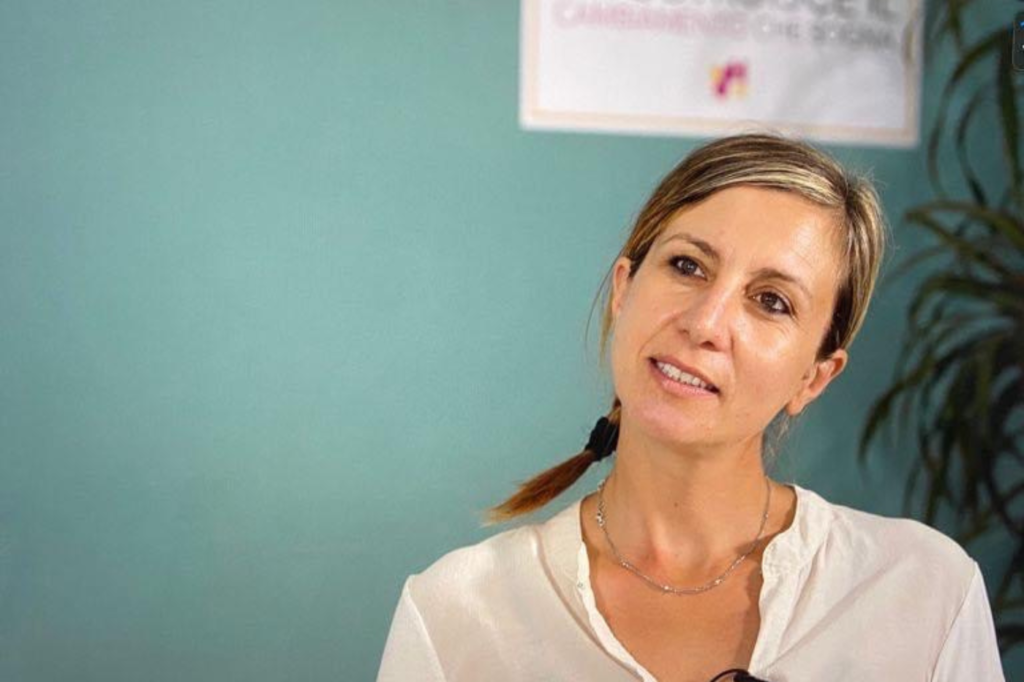
Francesca Cavallini, psicologa, dottore di ricerca, fondatrice di Tice e donna neurodivergente racconta in questo blog come la psicologia e le scienze sociali abbiano cambiato il modo di considerare le persone neurodivergenti e fornirà alcuni spunti importanti nella relazione con persone neurodiverse.
If you have any questions you can write to francesca.cavallini@centrotice.it
The importance of the words
Neurodivergence is when a person's brain processes, learns and behaves differently from the one considered "typical".
Once considered a problem or an anomaly, today, researchers say neurodivergence can also have many advantages.
This is not a disability; is a difference in the brain's functioning. With this change, the operators do not handle most neurodiverse as a disease. On the contrary, consider how different ways of learning and processing information.
In this article, we will define neurodiversity and provide some examples. We will also tell how to determine if it is neurodivergent and describe what it means to be neurodivergent.
ABA and neurodivergenza to TICE
It is rare to see an organization such as TICE that supports both Behavior Analysis Applied (ABA) and the movement for neurodivergence. Some would argue that promoting both at the same time is a contradiction in terms.
In this article, we explain why we believe it is possible to use the methods of ABA in a context that values and respects neurodiversity.
This is not only possible but offers a path to support ethical and practical for neurodivergent children.
Do ABA in the context of neurodivergence
We do not want to normalize the children, we do not want to cause them stress, and we do not want to prevent them to be themselves. However, we want to teach children skills to enhance their well-being and independence.
This means that our goals include teaching a child to dress independently, to say “no” and to tell us when she wants something, to follow a series of written instructions, or to ask for help from an adult. These things can be complicated to learn for children who show little or no imitation spontaneous of the other and have difficulty with planning and limited motor capacity communication.
For these children, the strategies based on the ABA often work in places where other approaches have failed. The procedures of teaching based on the ABA involve the decomposition of skill into smaller components teachable, the systematic reduction of the use of tips, and the identification of significant reinforcement to support the child's learning. Teaching is based on the ABA and also involves measuring and monitoring the precision of the advances, which allows to the professionals make sure that the child will not be withheld unnecessarily or not to be pushed too far.
Effective teaching and support for the behavior should not come at the expense of the emotional needs and sensory child. Nor must they go to the detriment of the child's freedom to make choices, express themselves, play his way and have fun as a child.
We Tice sometimes we are faced with the defensive with other bodies, when we say that we support both the ABA that the neurodiversità. Despite this, we believe that it is important to wave the flag of both. We do this to promote effective and ethical support for children in particular those who are in difficulties and are not able to acquire considerable expertise with the educational support that is currently available.
As we try to do ABA in an optical neurodivergence?
- Give priority to the skill of choice
The most important skills that we can teach a child with communication difficulties are the ones to ask for what you want and need and to refuse what it is that makes you feel insecure or uncomfortable.
In our programs, learning support, and behavior, we begin to discover what they like and what they do not like the child. In the following, we teach them how to know their desires and the needs of the people around them. This includes the use of words, signs, or symbols to request your favorite things (“iPad”, “French fries”, “jump”). It is also crucial that the child protests and wastes (“go away”, “stop”, “no”, “leave me alone”, “take a break”). If a child tells us to go away or take a break, do not consider it a failure or a problem. On the contrary, we honor this communication and celebrate it as proof that the child is learning the skills of self-support that equip them to succeed in his life.
- Always ask why you chose a goal
Working with parents, carers, and teachers is essential when choosing the children's goals. At the same time, we must ask ourselves who will benefit from being more objective and who has decided that the goal is essential.
It is essential to always start to wonder what is important for the child before considering the appropriateness of a goal. If the child has not yet shown an interest in other children, it's probably not a good idea to set goals that require playing with peers at school. In the same way, if a child feels a lot of anxiety in the talk, then it may not be appropriate to set a goal that requires you to demonstrate a greater speed of speaking (concerning the mode of communication alternatives).
As neurotypical adults, we cannot take for granted that we will always intuitively what is best for the children's neurodivergence. Even if we believe in those children and want them to be happy and satisfied, there is always the risk of making a wrong decision for them if we do not look outside of our world of neurotypical rules.
- Never stop thinking about how it feels the child
It is not always clear what evidence a child is. Even if a professional ABA can have pages of precise graphics to show a child's progress towards a specific goal, there is an amount of data that they can capture exactly how the child feels. Neurodivergent child doesn't always share their emotions with other children, which can increase the risk of their emotional needs being neglected.
This means that we always have to consider what happens beyond the observable data and observable behaviors. It means that we need to create educational spaces that are predictable and safe and that allow for plenty of breaks, choices, stimuli, and sensory input controllers. It means that we must always be alert to subtle signs of distress and dysregulation, and we need to provide the necessary support.
No child can be taken entirely from the data collection, and we have to look beyond the charts and connect on a human level to ensure that each child's emotional and sensory needs are met to the fullest.
This is not a complete list of the considerations that we make on neurodiversity, and without a doubt, our approach will continue to grow and develop over the years. Keeping us up to date on research in the field of ABA and developments of the movement for the neurodiversità, we are constantly reviewing, revising, and improving our approach. This keeps us on tenterhooks, but we believe it's worth it if we can support effective and ethical ways, for neurodivergent children.
Grazie di aver letto tutto l’articolo!
Francesca Cavallini

Francesca Cavallini, psicologa, dottore di ricerca, fondatrice di Tice e donna neurodivergente racconta in questo blog come la psicologia e le scienze sociali abbiano cambiato il modo di considerare le persone neurodivergenti e fornirà alcuni spunti importanti nella relazione con persone neurodiverse.
If you have any questions you can write to francesca.cavallini@centrotice.it





